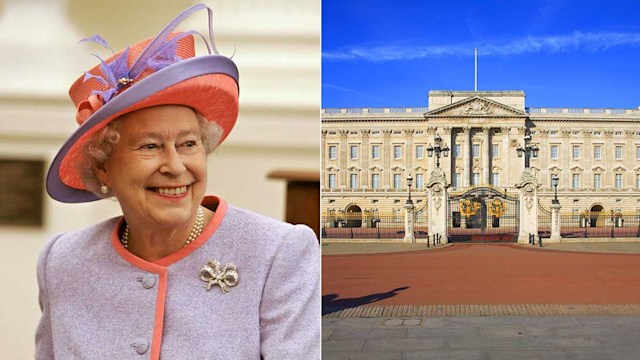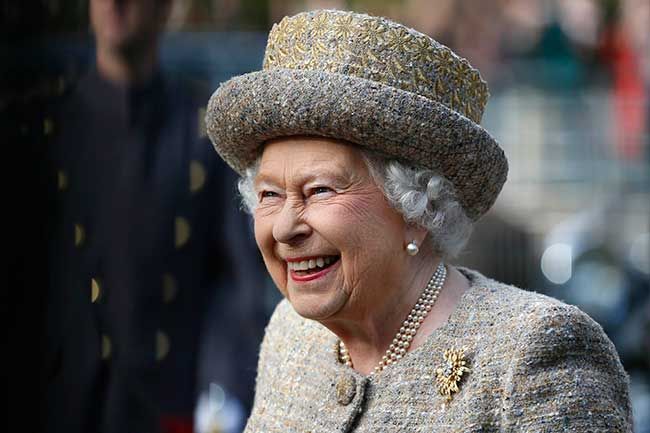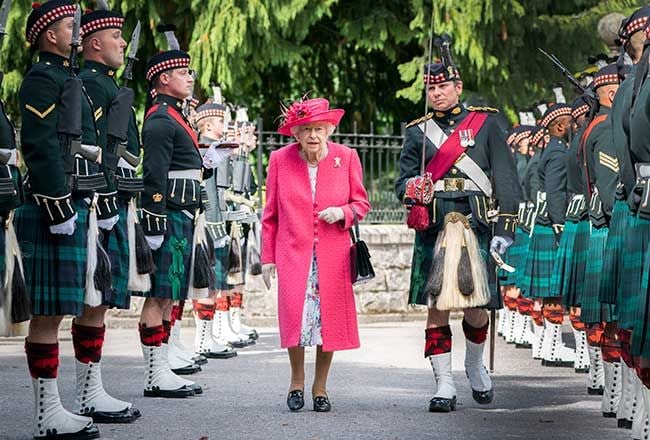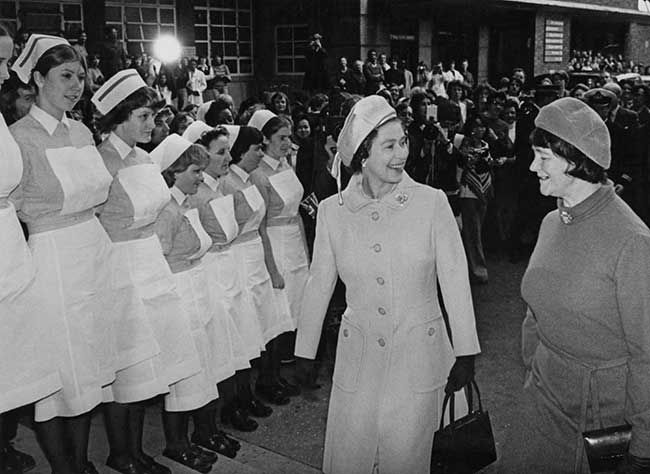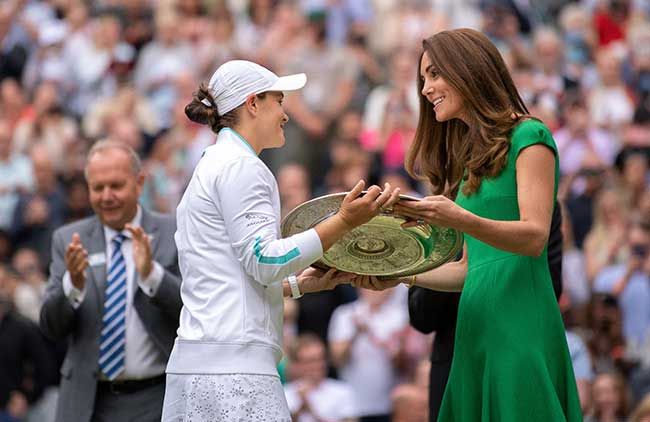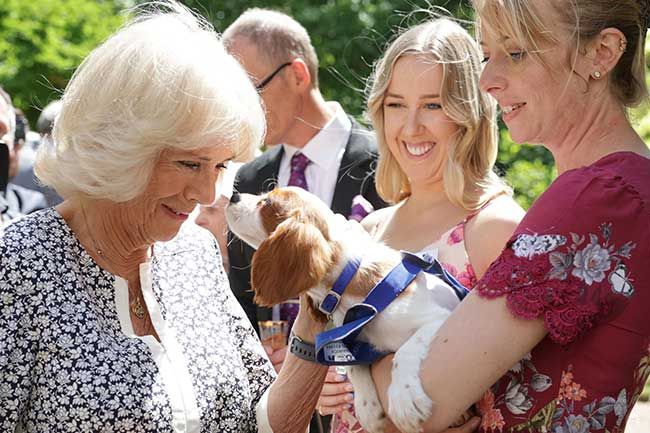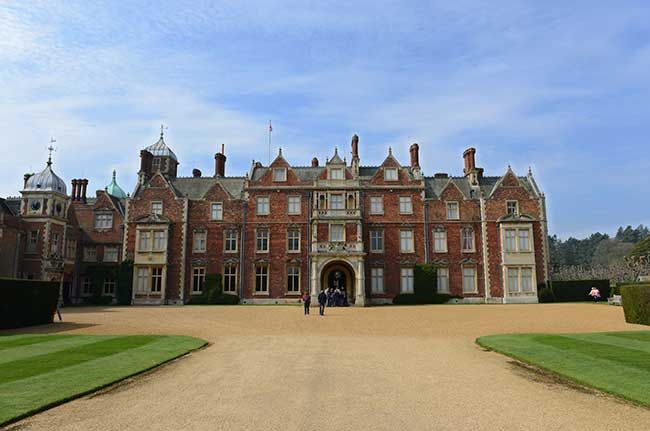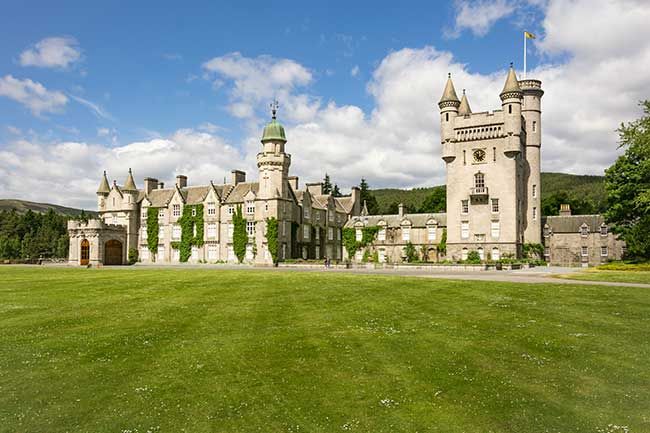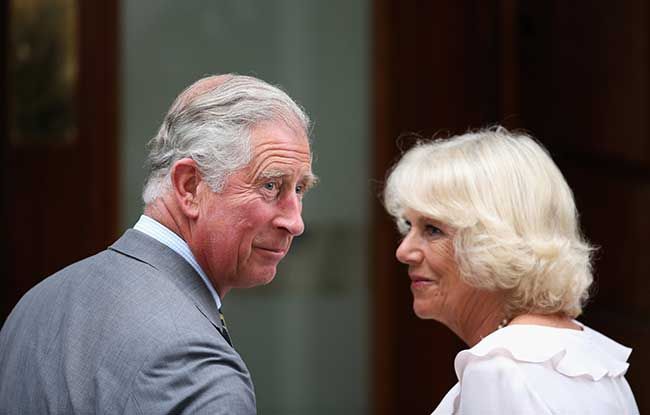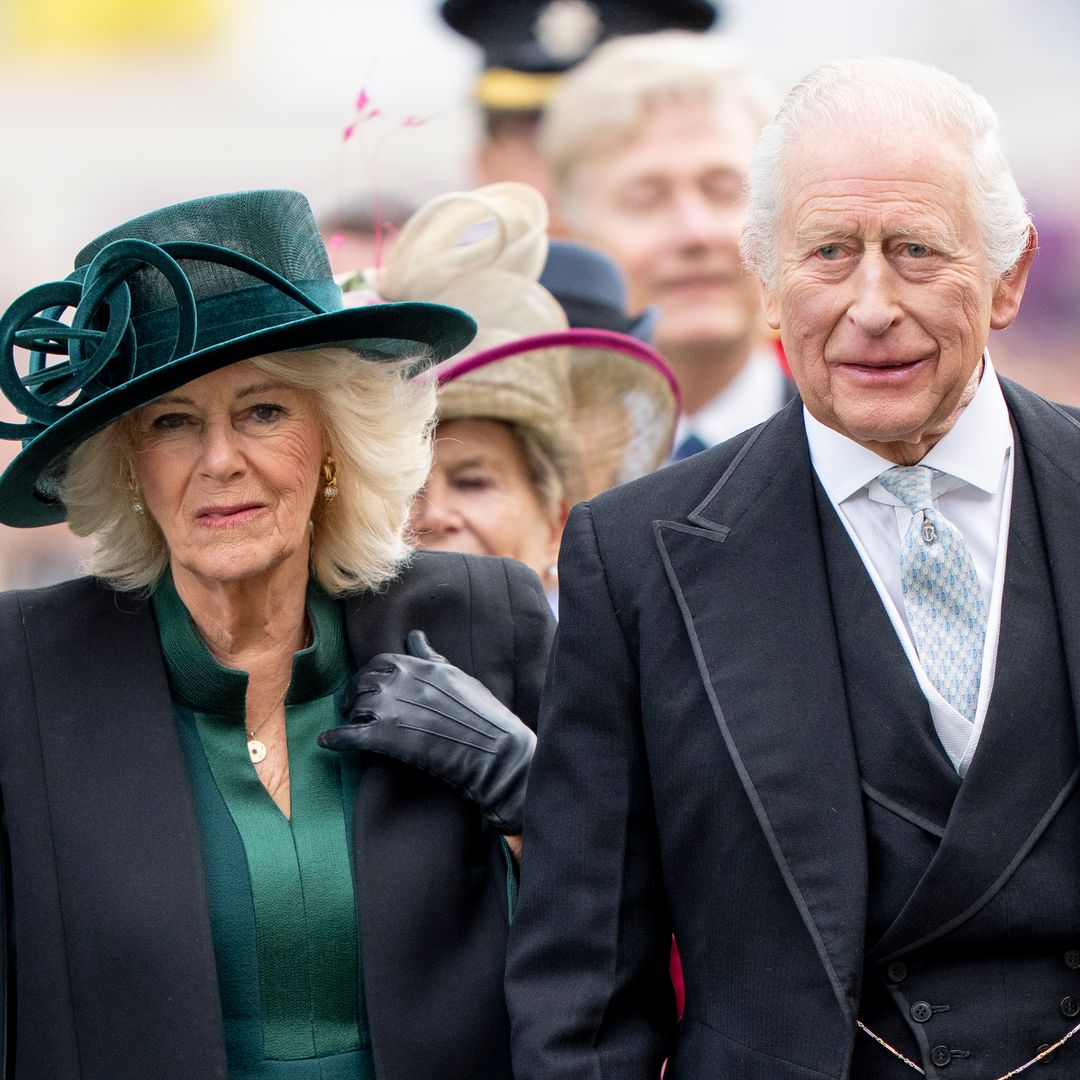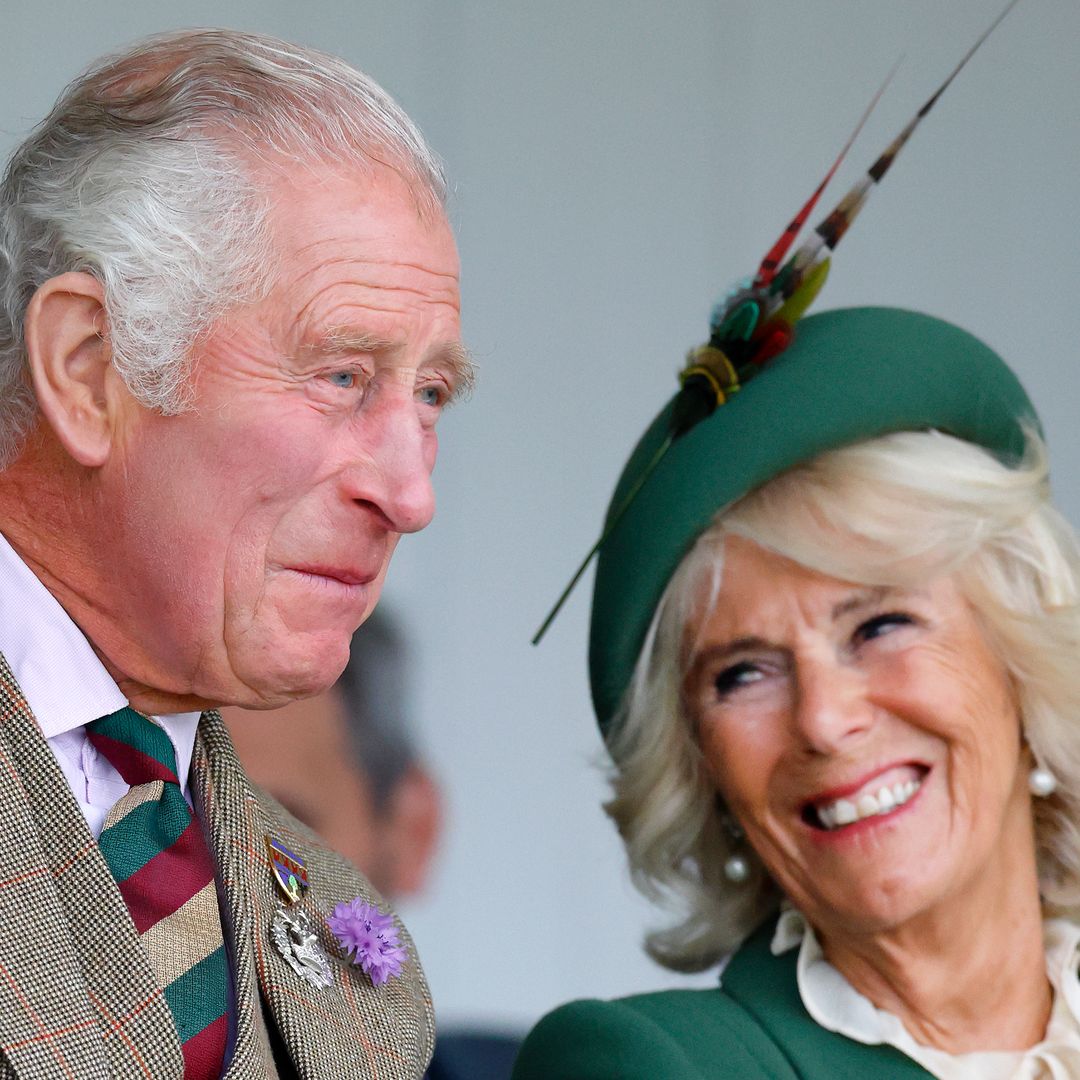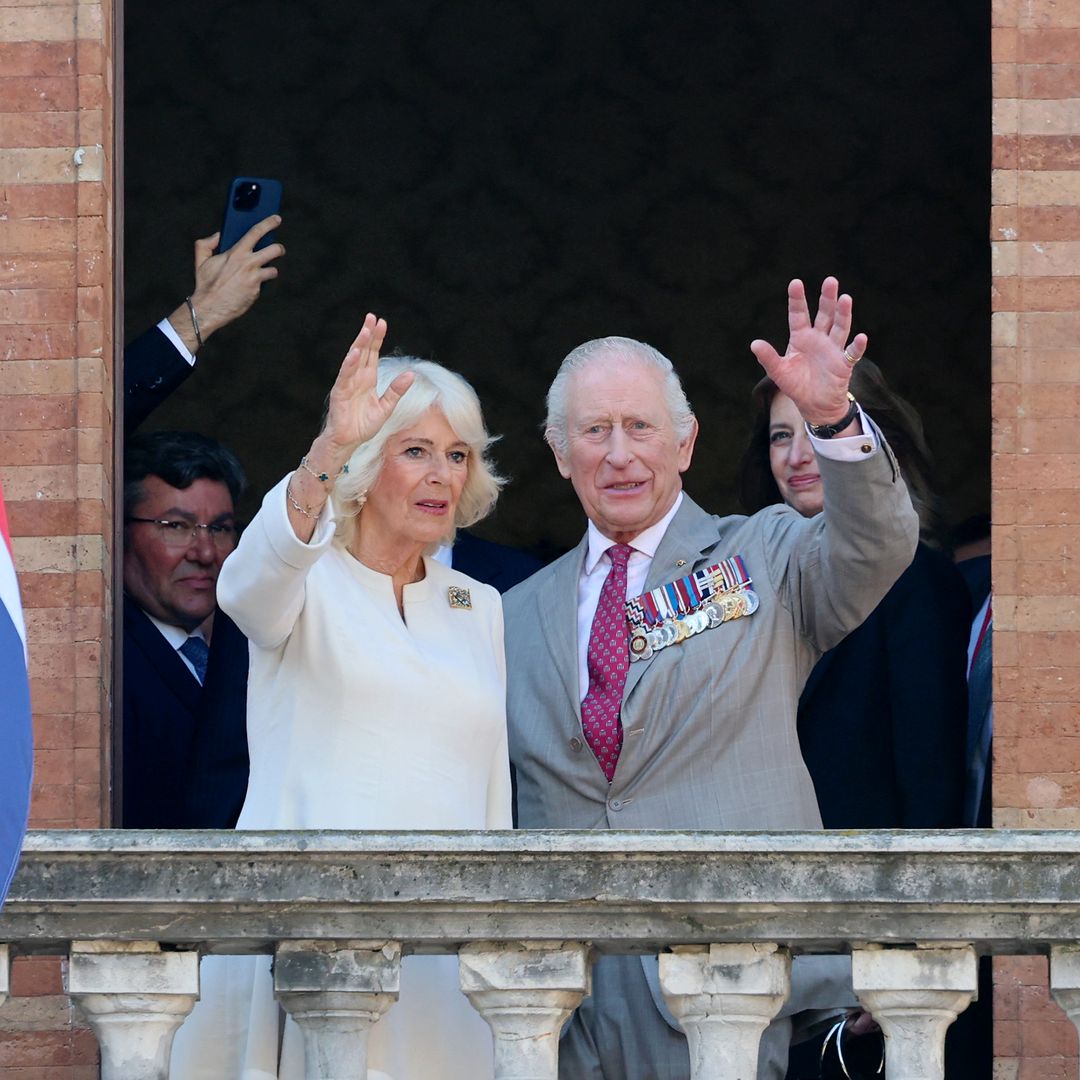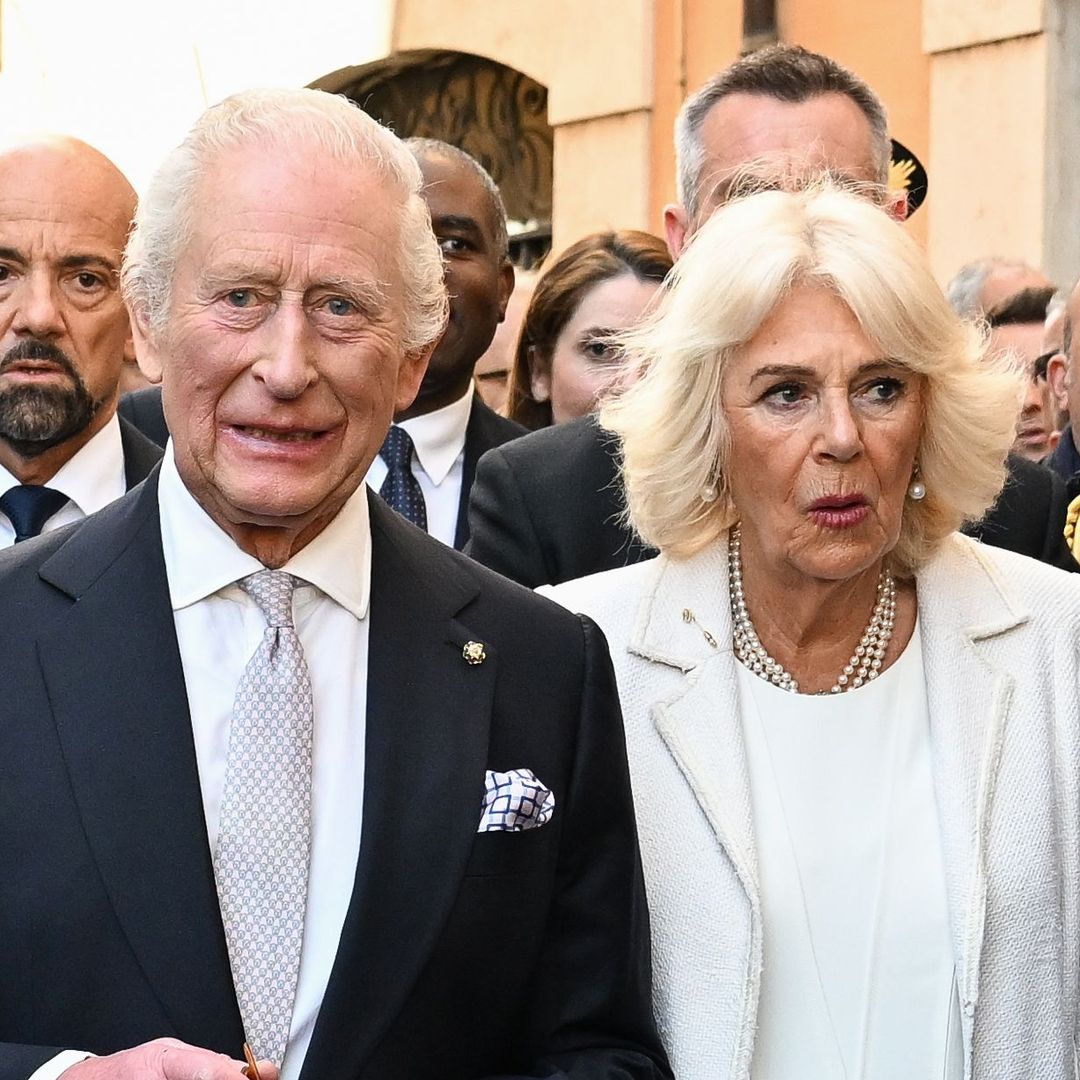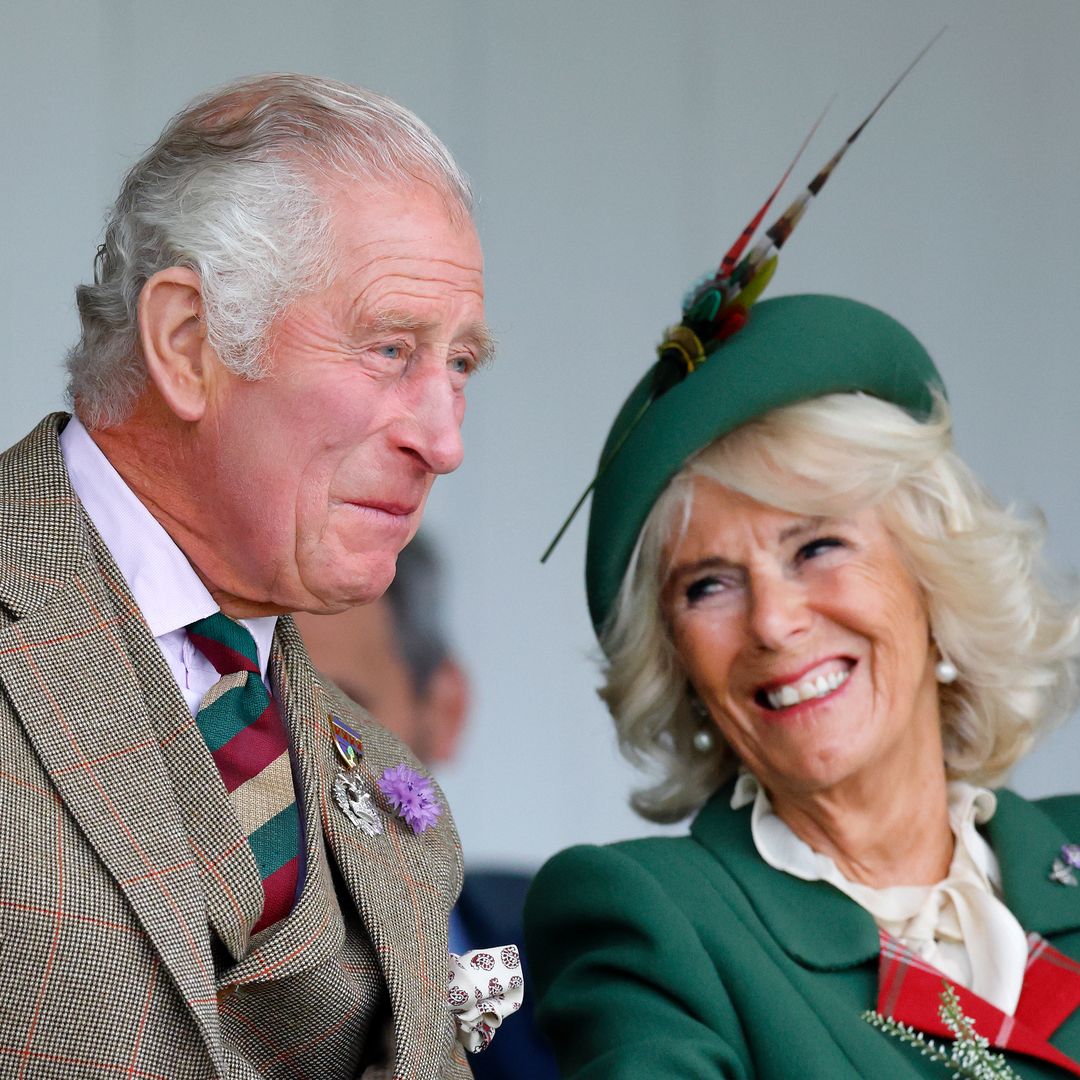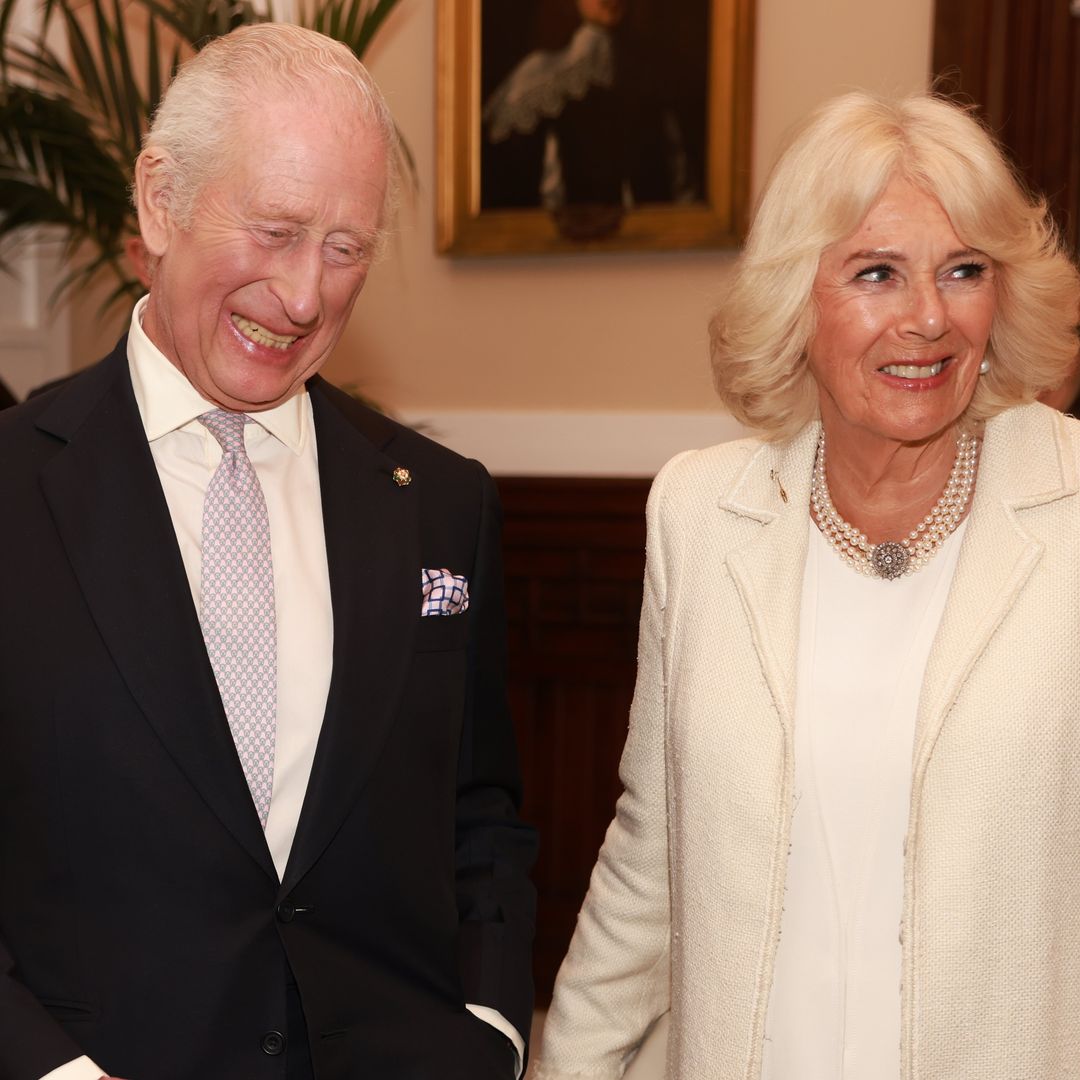During her 70-year reign, the late monarch was patron to more than 600 organisations. From charities and military associations to professional bodies and public service organisations, Her Majesty worked tirelessly to shine a spotlight on their achievements.
MORE: King Charles' last words to the Queen revealed
Beyond this, Queen Elizabeth II accumulated a majestic billion-pound property portfolio spanning much of the UK. Her six properties each had their own unique purpose and held a special place in her heart.
WATCH: How the world changed during the Queen's reign
Following the Queen's death earlier this month, HELLO! is taking a deep dive into her homes and patronages to highlight new and upcoming changes as requested by the King.
MORE: Why the Queen chose to live at Windsor Castle over Buckingham Palace
REVEALED: How eco are royal homes? Prince Charles, Prince Harry and more
What is a royal patronage?
By becoming a patron, members of the royal family effectively turn into figureheads and supporters of an organisation.
Throughout their lives, the royal family accumulate a plethora of organisations with additional requests from organisations pouring into Buckingham Palace every year.
The late Queen died on 8 September
In terms of public exposure, receiving a royal's support can help to significantly boost publicity as well as increase donations and raise awareness for each charity's work.
According to the royal family's official website, the first recorded patronage was that of King George II who became patron of the Society of Antiquaries.
How many did the Queen have?
The Queen and Prince Philip held more than 1,000 patronages between them before they both passed away.
Her Majesty's first Patronages were taken on before her Accession to the throne: her first military appointment was on 21st April 1947, her 21st birthday, when she was appointed Colonel in Chief of the Balaklava Company, 5th Battalion of The Royal Regiment of Scotland.
Queen Elizabeth II held over 500 patronages
During her reign, the late monarch held Patronages with more than 70 education and training organisations, more than 60 sports and recreational organisations, more than 30 faith organisations and more than 40 arts and cultural organisations.
The royal was patron of Great Ormond Street Hospital
Many of Her Majesty's Patronages were inherited from her father, King George VI on her Accession, while others were taken on during her reign according to her own interests, including Action for Children and the Royal Voluntary Service.
What will happen to them now?
Queen Elizabeth started scaling back on her patronages when she celebrated her 90th birthday in 2016. In a bid to share out the workload, the head of state began to distribute responsibility for 25 of her patronages among the royal family.
Princess Kate became patron of the All England Lawn Tennis Club in 2016
Most notably, the Princess of Wales became the royal patron of the All England Lawn Tennis Club at Wimbledon.
In a similar fashion, Prince Charles, known for his interests in faith communities, became Patron of the Holocaust Memorial Day Trust, and the Duchess Camilla became Patron of Battersea Dogs Home, having previously adopted her dogs Beth and Bluebell from the home.
Queen Consort Camilla is a longtime patron of Battersea Dogs & Cats Home
Following the Queen's death, the majority of patronages will likely be passed on to King Charles III and his wife, Queen Consort Camilla.
In his first televised speech as King, the Queen's eldest son explained how it would "no longer be possible for [him] to give so much of [his] time and energies to the charities and issues for which [he] cares so deeply."
King Charles III acceded to the throne aged 73
The important work "will go on in the trusted hands of others", he added.
The Queen's property portfolio
From London's iconic Buckingham Palace to Her Majesty's beloved Christmas spot Sandringham Estate, the late monarch enjoyed spending time in each of her six impressive homes.
Sandringham was bought by Queen Victoria in 1862
While four of her homes formed part of the Crown Estate, Balmoral and Sandringham were personally owned by the Queen.
What will happen to Balmoral and Sandringham?
Balmoral played host to the Queen's annual summer holiday. Situated among stunning lochs and glens, the monarch typically retreated to her Scottish bolthole from mid-July until early October.
The expansive Scottish estate held a special place in the Queen's heart thanks to its deeper meaning. She and her late husband Prince Philip spent part of their honeymoon at Birkhall hunting lodge in 1947.
The Queen adored her Balmoral residence
As for Sandringham, the Queen's magnificent Jacobean property played a starring role during the colder months. Each Christmas, members of the royal family would flock to her beloved Norfolk estate while Her Majesty typically extended her stay until early February.
The head of state's will hasn't been revealed but it seems likely that King Charles III will inherit both Balmoral and Sandringham.
What will happen to the royal residences owned by the Crown Estate?
Windsor Castle, Buckingham Palace, Palace of Holyroodhouse and Hillsborough Castle, will all be passed into the ownership of King Charles.
Charles and Camilla will move into Buckingham Palace
Charles and Camilla are set to trade Clarence House for Buckingham Palace in the not-so-distant future. It was previously reported the King and Queen Consort Camilla wouldn't relocate until the work was completely finished.
However, seeing as the ten-year project is not expected to be finished until 2027, Charles and Camilla are no doubt keen to move in before then.
Make sure you never miss a ROYAL story! Sign up to our newsletter to get all of our celebrity and royal news delivered directly to your inbox.
